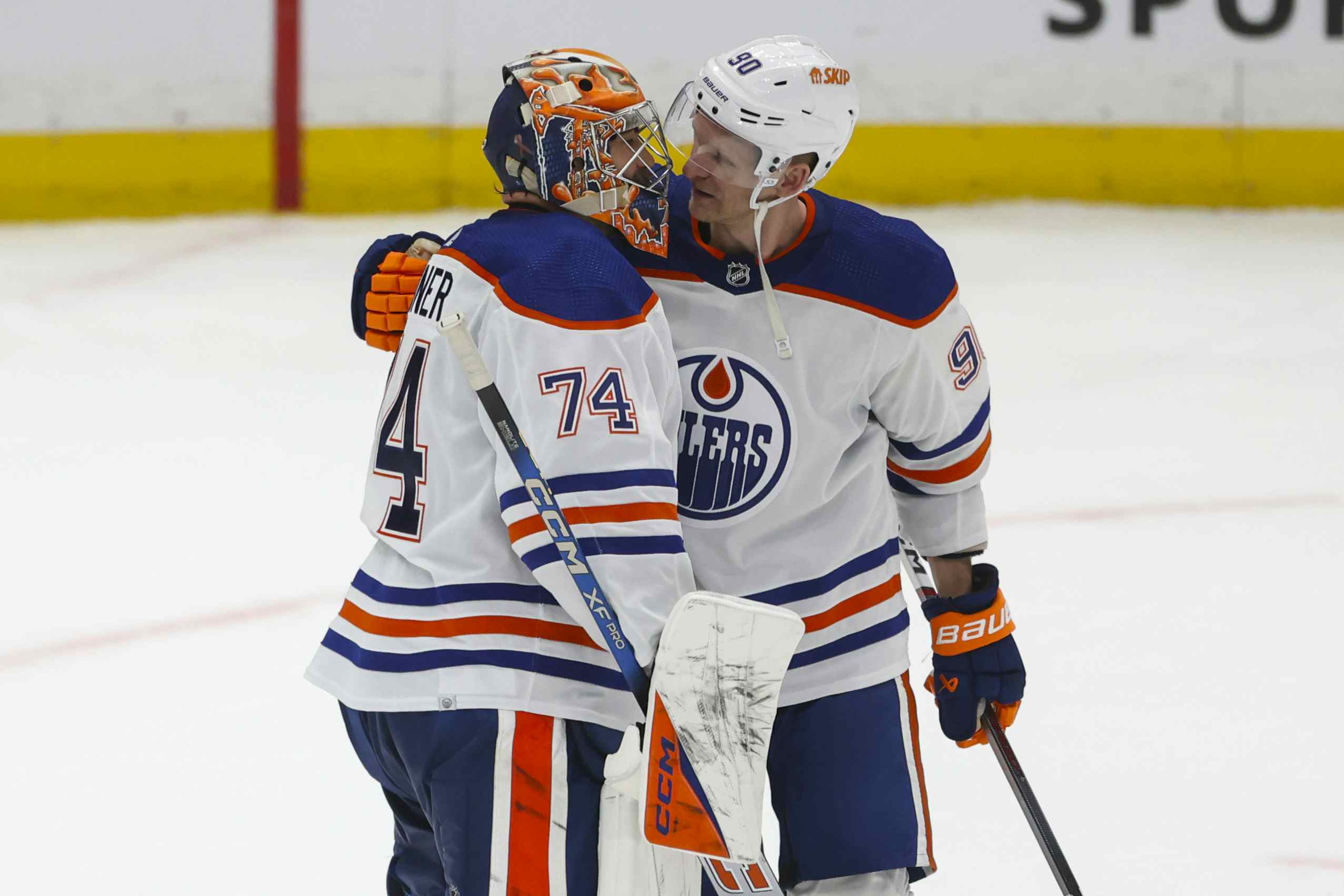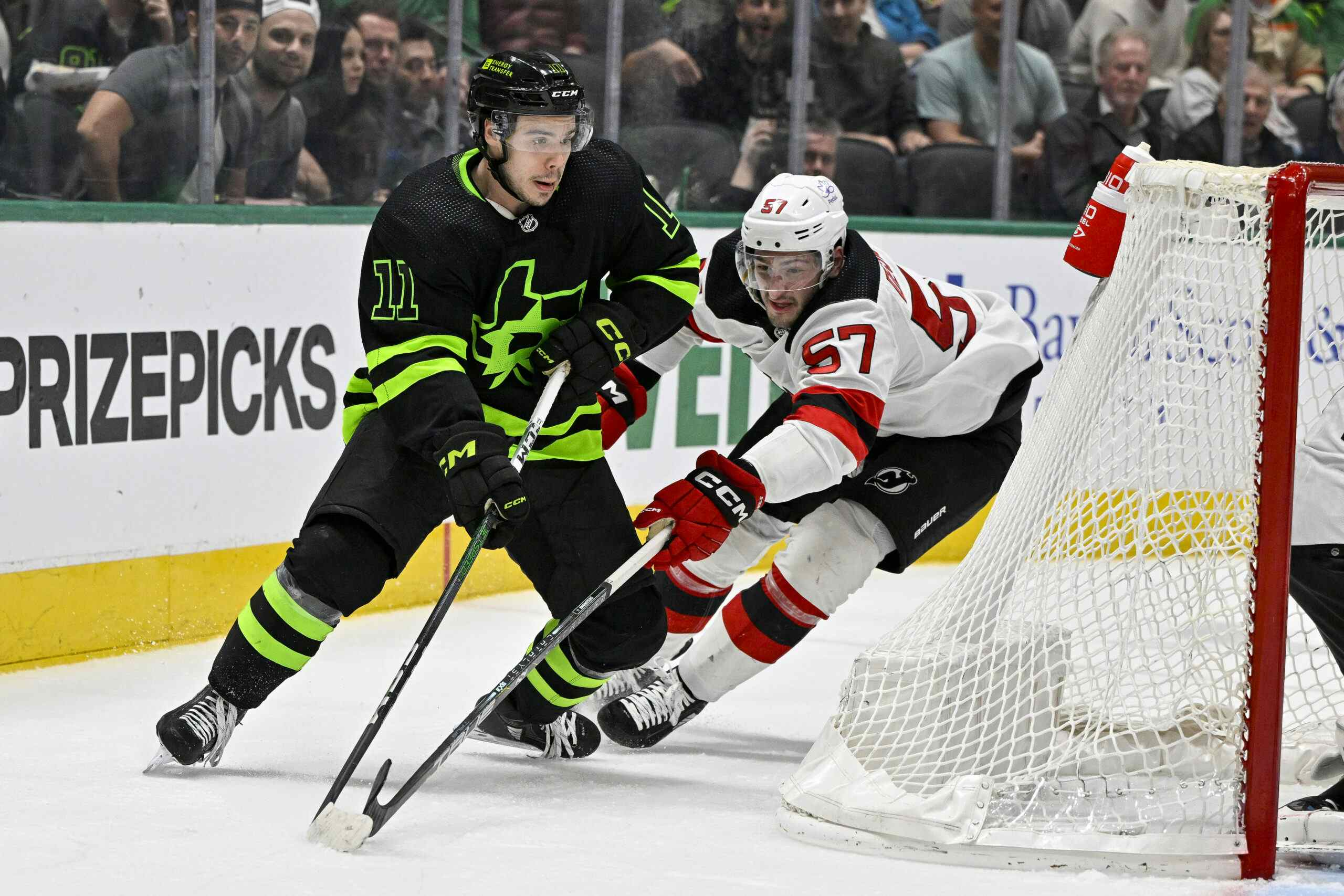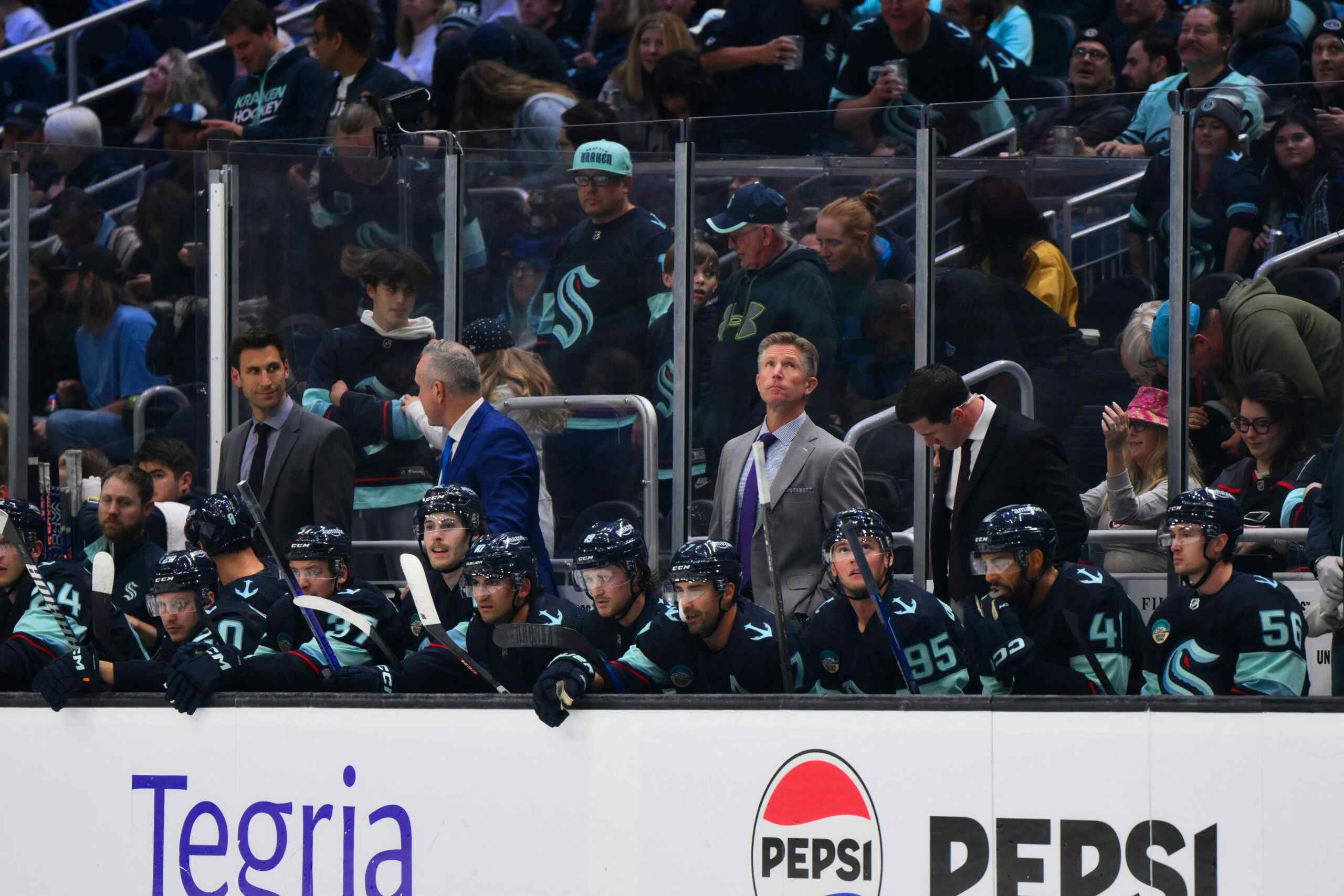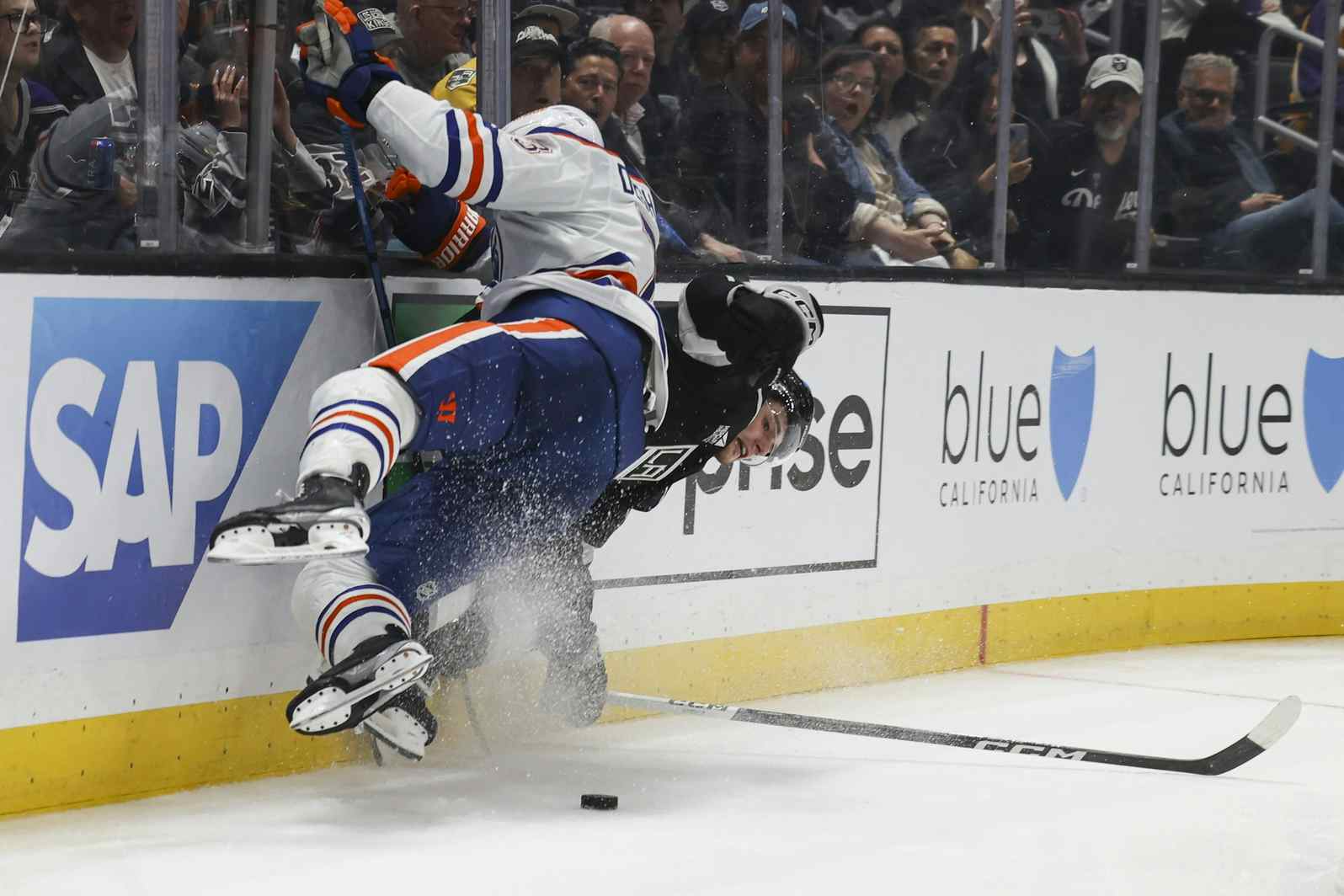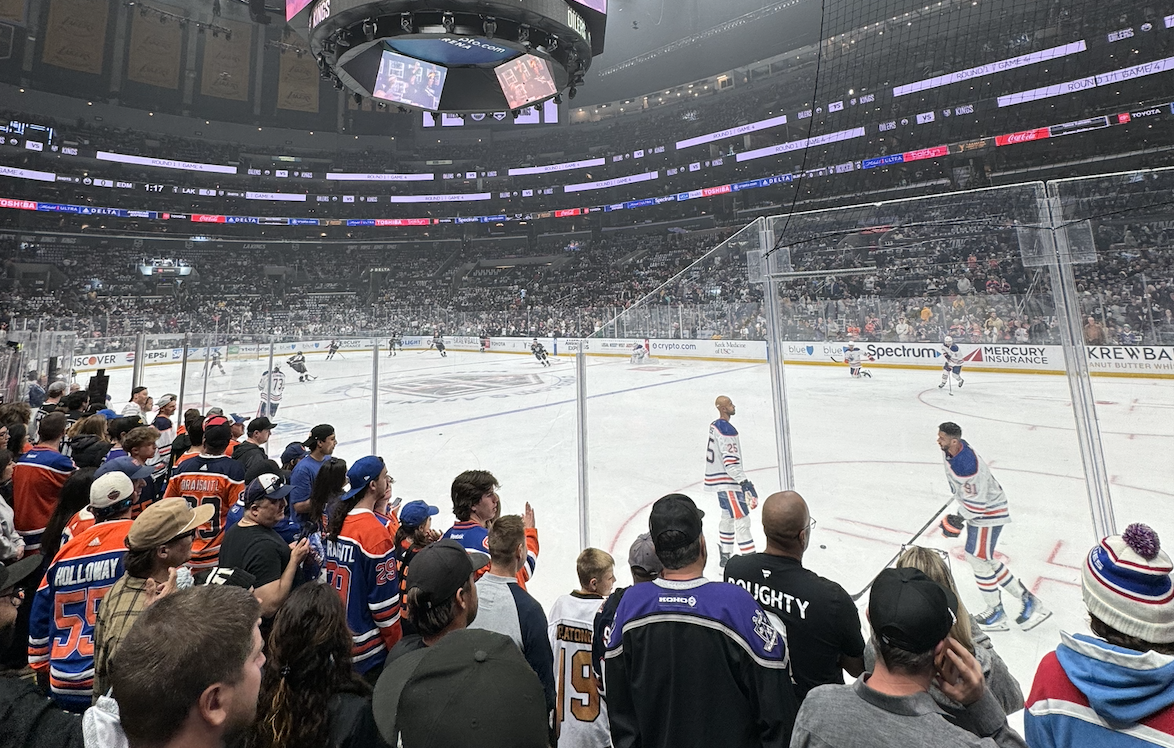Six minutes per game
There’s a theory out there – and it’s one I’m often reminded of by readers – that the ultimate fourth line in the NHL is a crash-and-bang group. The idea is to load it up with guys who can skate and hit (and ideally fight) and let them skate around for six minutes or so causing mayhem to help tilt the physical scale, and not have them worry so much about anything else.
Personally, I think it’s a terrible idea, but I’ve never really explained why.
The Trouble With Hitting
A hit statistic records more information than is always realized. Hits are generally seen as a measure of physical aggression, but they’re also a measure of puck possession – when a hit is thrown, it means that the player making the hit doesn’t have the puck. In other words, a team that hits a lot typically does so because a) they’re physical (which is good) but also b) they don’t have puck possession (which is bad, since having the puck is almost always better than not having the puck). Tyler Dellow talked about this in relation to the Boston Bruins the other day:
One of the things that we talked about was the idea that the Bruins are a big, bad team. I’m kind of skeptical. When I looked at hitting and getting out-hit earlier this year, the B’s weren’t a team that really tended to out-hit their opposition last year – if you don’t want to get hit a lot, play a really good team that has the puck more than you.
Of course, everybody is going to not have the puck for a portion of the game – and when the other team has the puck, hammering them is a good way to go. Boston’s good at it – but Boston only ranked 16th in road hits this season because they generally also have the puck a lot more than the other team does. So being a top team in hits, as a general rule, suggests the team probably isn’t very good.
The Fourth Line
When we take that information and apply it to the fourth line, the results are obvious: putting together a line composed entirely of players like Ben Eager and Mike Brown and Theo Peckham (when people suggest moving him to forward, they often have this concept in mind) and the like means ceding puck possession to the other team. There’s a reason that Zack Stortini’s best games in Edmonton generally happened when he was the least talented player on his line – there’s a place on almost any team for a guy that can hit and will fight as long as he can play a regular shift, but there aren’t generally places for three of them.
It’s a black and blue and red line: the other team’s fourth line and third defence pairing may be bruised and battered, but the goal light is only going to be triggered in the Oilers’ end of the ice. (Incidentally, that’s another problem with the concept: a player like Jonathan Toews doesn’t run scared from a physical fourth line because, if by some chance he happened to take the ice against them they’d spend the whole shift running around in their own end. Mostly though, the guys they’re hammering on the other team are guys that play on depth lines.)
The flip side is the ‘that’s why they only play six minutes a night’ argument. But there’s trouble there, too.
Margins
Six minutes represents 10 percent of the hockey game. Last year, the Oilers averaged 2.56 goals per game and 2.73 goals against per game. The two numbers aren’t directly comparable because special teams ice-time leads to more goals than even-strength ice-time, but what would a 10 percent boost in goal scoring done for the Oilers? Aside from the far ends of the NHL scale – the really good and the brutally bad – parity means there isn’t a lot of gap between the 20 or so teams in the middle. People like to say ‘if you’re trying to fix the fourth line, you probably have a pretty good team’ but it isn’t really true because at a team level winning or losing comes in the margins. Being just a little bit better matters a lot – and building a fourth line that bleeds goals and takes penalties, even only for six minutes per night means the team is just digging itself a hole they need to make up somewhere else.
That’s before even getting into other apsects of the idea – that you might need that fourth line to play hockey at some point. The idea that Boston has the best fourth line in hockey is often raised by hockey commentators, but when Jonathan Toews went down in game five of the Stanley Cup Final, look who Chicago had on the ice in the final minutes with a one goal lead on the line:

Fourth-liners like Michael Frolik and Viktor Stalberg and Marcus Kruger all played in the dying moments of one of the most important games of the year. Is it even possible to imagine a coach willingly plugging Mike Brown or Ben Eager in those minutes if injury intervened? It’s an extreme example, but that kind of depth can matter a lot at critical moments.
The point basically boils down to this: winning is very hard in the NHL, and it’s a foolish team that intentionally puts itself in a hole for the sake of adding toughness at the bottom end of the roster.
Recently around the Nation Network
The Toronto Maple Leafs are rumoured to be chasing Jonathan Bernier, and at Leafs Nation Cam Charron thinks that’s a bad idea:
That said, if the Leafs want him to be a starter and Bernier will only play if he’s a starter, that makes no sense. The Leafs have a guy who can capably start, and there’s no objective evidence that exists that suggests Bernier would be better at this point. He may be, but there is a long list of teams who made huge deals for a big-name goaltender and it came back to bite them down the road.
Click the link to read more, or alternately, feel free check out some of my other pieces here:
Recent articles from Jonathan Willis

